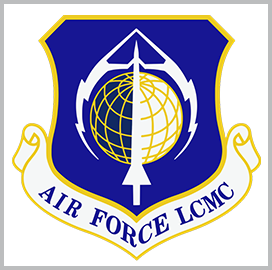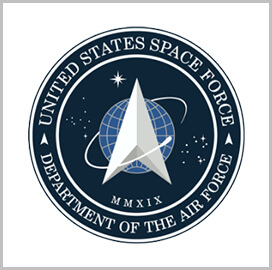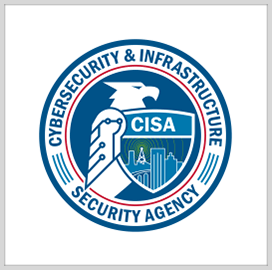Cloud One, a cloud computing platform launched by the Air Force Life Cycle Management Center, has allowed the Department of the Air Force to make significant developments to its cloud computing capabilities.
The Air Force Material Command said Thursday the multi-cloud, multi-vendor system enables Department of Defense mission application owners to access fast, secure and reliable cloud computing technologies and other offerings.
The cloud service, which meets defense security requirements and zero-trust compliance, offers secure computing environments, standardized platforms, application migration and data management capabilities.
Cloud One also provides the following features:
- Data transport services
- Secure cloud computing architecture
- Compute and store monitoring
- Global content delivery service
- Mobile connect
- Inheritable risk management framework controls for operational authority
- Platform operations and sustainment
Cloud One works on Amazon Web Services, Google Cloud Platform, Microsoft Azure and Oracle Cloud Infrastructure. Applications migrating to Cloud One are analyzed to determine which cloud service provider is suitable for their needs.
According to Lt. Col. Beau Brantley, Cloud One lead engineer, 100% of applications managed to migrate to the cloud due to the guardrails that protect them from possible threats.
“We do more than host,” said Brantley. “We also facilitate migrations to ensure applications are set up in the cloud. Cloud One was established for affordability and security, that saves rework by only setting up the platform once.”
Cloud One currently migrates an average of 25 to 30 applications each year. According to Joseph Thorp, Cloud One program manager, there are plans to double that figure and possibly increase to around 150 new systems annually “as the U.S. Air Force optimizes for Great Power Competition.”
In June 2021, former Air Force Chief Information Officer Lauren Knausenberger mandated the use of Cloud One. Current DAF CIO Venice Goodwine, a 2024 Wash100 Award winner, prioritized this effort paving the way for Cloud One to lead cloud migration efforts.












